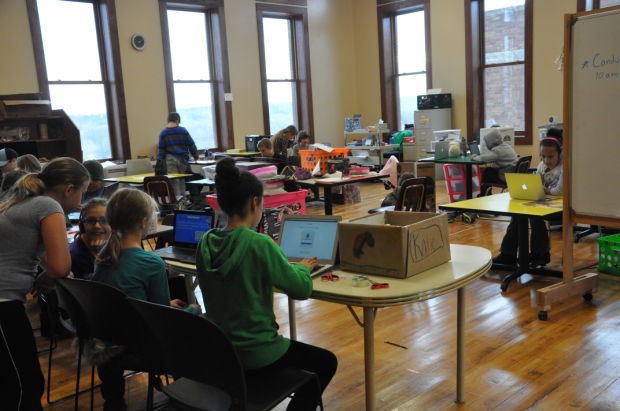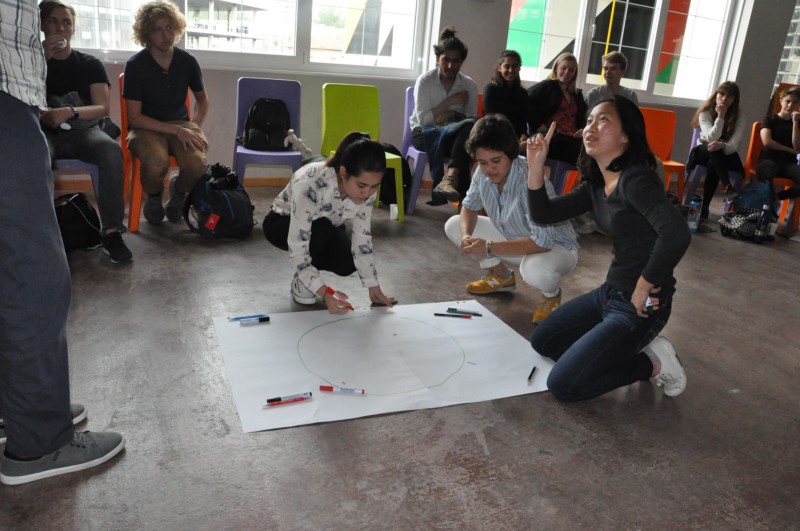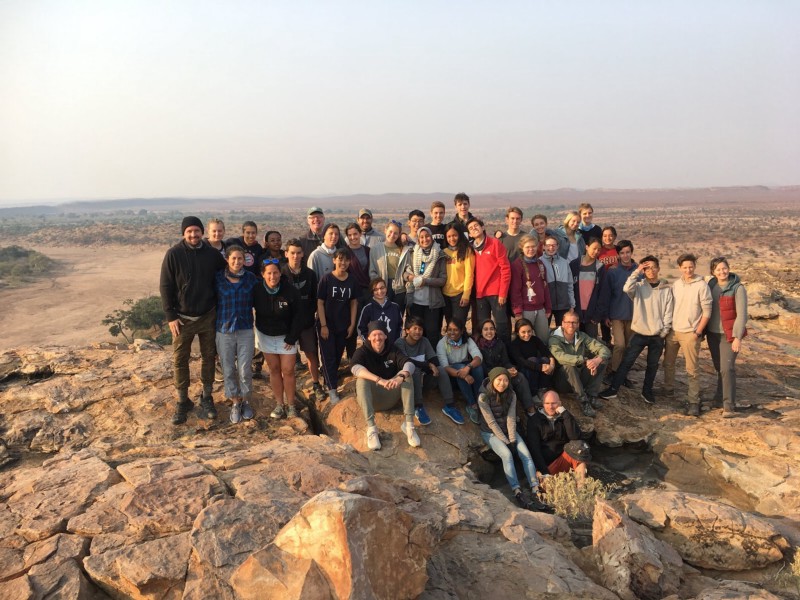Once upon a time there was a school. An institution designed to provide space for learning under the direction of a teacher. This formalized system requires compulsory attendance, where students progress through a series of time-based courses while standardized curriculum is dictated by a district, state or nation.
Fast-forward to now. While this long-standing, operational definition of school still exists, there is much more to consider given technological advances and our rapidly changing world. Alternative educational pathways whether online or outdoors or transitory, are redefining the notion of schooling and instead focus on the foundational merits of learning, especially student-led learning, where students learn on their own terms.
No longer do students have to sit in the same room for eight hours a day in age-based cohorts to be properly schooled. There are project-based alternatives, place-based programs, maker-space environments, and many more specialized pedagogies than ever before. New, competency-based approaches to learning have also taken hold as, according to Show What You Know report by Getting Smart, “shifting to demonstrated competence is inevitable and well underway in corporate learning and alternative higher education.” It is clear our K-12 education systems must follow suit to keep up.

But what are the merits of student-led learning, and what about the inherent challenges that come with transitioning to student-led learning? With little support and lack of resources, many schools are left behind knowing such complex systems restructuring is not feasible given the barriers. Perhaps the reoccurring obstacle for all is providing transcripts that mark the credentials of student-led or competency-based approaches that will be accepted by universities.
As student-led, competency based programs are on the rise, so is the need for platforms to support such alternative assessment and competency tracking at scale. The Show What You Know report also shows that, “Few platforms support dynamic learning. Most learning management systems are built for whole group instruction to age cohorts. They lack the content management, assessment, mastery tracking, and dynamic scheduling needed to manage a CBE environment.”
HEADRUSH is an example of an educational software company working to change this. Even the most experienced project-based schools who apply personalized learning at scale still struggle to find management systems that allow them to mutually meet state requirements and traditional college admissions expectations while truly supporting student-led learning. With that in mind, HEADRUSH continually finds new ways to bridge traditional expectations with student-led learning initiatives and management. Features of the HEADRUSH platform allow for project management, tracking at scale and customizable transcripts. Unlike other systems, HEADRUSH allows students to remain in the driver’s seat of their own learning and development, so every school can prioritize student-led learning over blanket, standard management.

Not many need convincing of the merits of student-led learning. Evidence shows that putting students at the center of their learning increases development, intrinsic motivation and creativity. What needs convincing is that putting students at the center of their own learning is worth the initial overhaul needed to get there.
In reality, the journey from teacher-led to student-led learning is slow if done well. It often starts with teacher-led learning that transitions to a co-designed learning environment, where some modules are teacher driven and designed while others are student driven and designed. This helps students learn how to best design their own project-based learning experiences well. Many personalized environments still implement teacher-led seminars in some capacity, especially during the transition when modeling the kind of planning and design thinking processes we hope student-led learners embody. Progression doesn’t happen overnight.
In order to make a complete shift to student-led learning, the school, teacher and student need to be all-in. All stakeholders experience and co-create the journey as it is happening. Many times, the students themselves need additional support as they are not used to a student-led learning environment. Principal Adnan Mackovic, in discussing the THINK Global School transition to PBL shares their biggest challenge was convincing the students that promoting hands on experience was the right thing to do. “The students were used to the traditional system and expected it,” Adnan says. “Be patient. It’s a long road ahead… Involve the community so that it is a whole hearted effort by the whole school and with that, you’ll see great change.”

Making the shift is a slow process, but it is worth it, and not just for the students. Student-led learning allows teachers to access their passions, as they too experience a dramatic shift in what and how they learn and advise. Instead of teaching the same curriculum year after year, teachers serve as advisors and learn alongside students as they support new and exciting project challenges with mutual interest.
The practical side of changing the traditional model of education is a challenging one, as the scope is a massive undertaking. But one school at a time, administrators and teachers are empowering their staff to meet how and when and why students best learn. More importantly, they are giving students the responsibility of being in charge of their own learning. Find your tribe of educators who care about empowering students and you’ll find an instant support network there to guide you every step of the way.
Student-led learning shouldn’t be seen as a static place, but instead a degree of autonomy we should aspire for. The more autonomy and student choice we support, the more students will be intrinsically driven to be lifelong, curious, inspired learners. And that is the ultimate goal.

